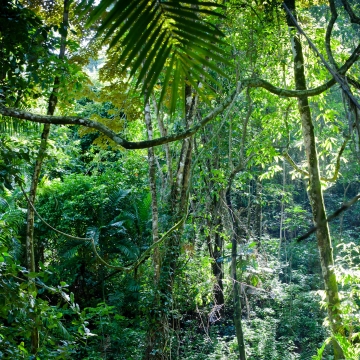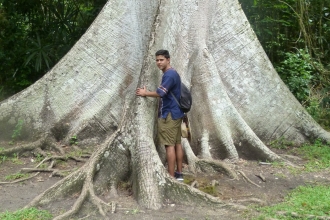Welfare and forest cover impacts of incentive based conservation: Evidence from Kenyan community forest associations
This paper examines whether offering landless forest-adjacent communities options to grow appropriate food crops inside forest reserves during early stages of reforestation programmes increases incomes of low-income households and conserve forests. We consider the forest cover and household welfare impacts of a unique incentive scheme in Kenya known as the Plantation Establishment and Livelihood Improvement Scheme (PELIS). PELIS seeks to deepen community participation in forestry, and improve the livelihoods of adjacent communities.




